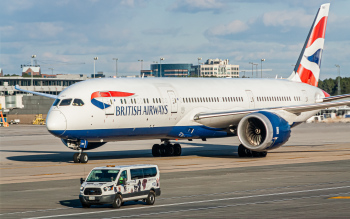For as long as humans have been traversing the Earth, whether by land, sea, or air, people and things have mysteriously vanished. From these stories, humans have developed tales and superstitions about areas where mysterious disappearances have occurred. One of the more infamous areas where numerous vanishings have occurred is none other than the Bermuda Triangle.
The Bermuda Triangle is an area of the North Atlantic Ocean that spans between the British overseas territory (island) of Bermuda, the city of Miami in the U.S. state of Florida, and San Juan in the U.S. overseas territory of Puerto Rico.
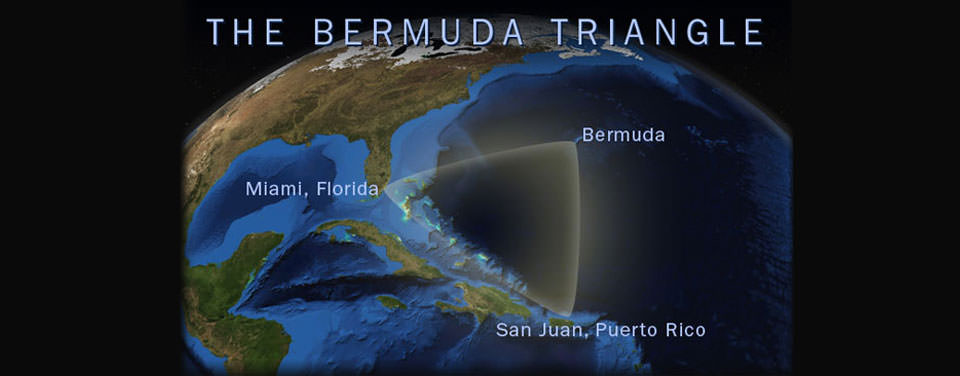
In this area of the North Atlantic Ocean, countless ships and planes traveling through the area have disappeared under mysterious circumstances. Many of these disappearances cannot be explained by logic, and the wreckage of many disappeared ships and planes has never been found. On his first voyage to the Americas in 1492, Christopher Columbus reported similar mysterious compass malfunctions in an area in the Southern part of the triangle.
Even for ships and aircraft that have not disappeared, many vessels passing through the triangle have reported various compass and radio malfunctions and other reports of atmospheric disturbances and unexplained phenomena. There have been many high-profile disappearances of aircraft flying through or near the Bermuda Triangle, but no disappearance is more infamous than that of Flight 19.
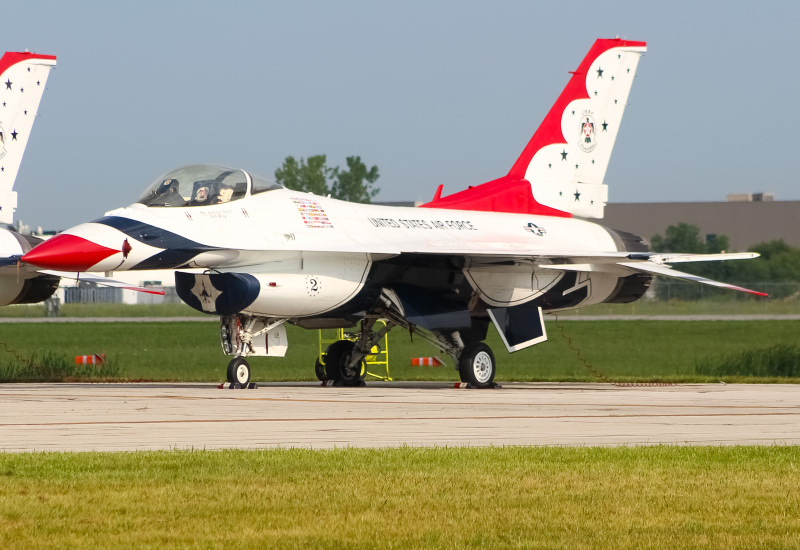
The Mysterious Disappearance of Flight 19
On December 15, 1945, five U.S. Navy TBM Avenger torpedo bombers, small agile bombing aircraft used in World War II, took off from U.S. Naval Air Station Fort Lauderdale (now FLL Airport). The bombers were heading to the Atlantic Ocean near the Florida coast to perform training exercises. Leading the group of bombers, called "Flight 19", was Lieutenant Charles Carroll Taylor, an experienced pilot who had fought in the Pacific Theater during World War II.
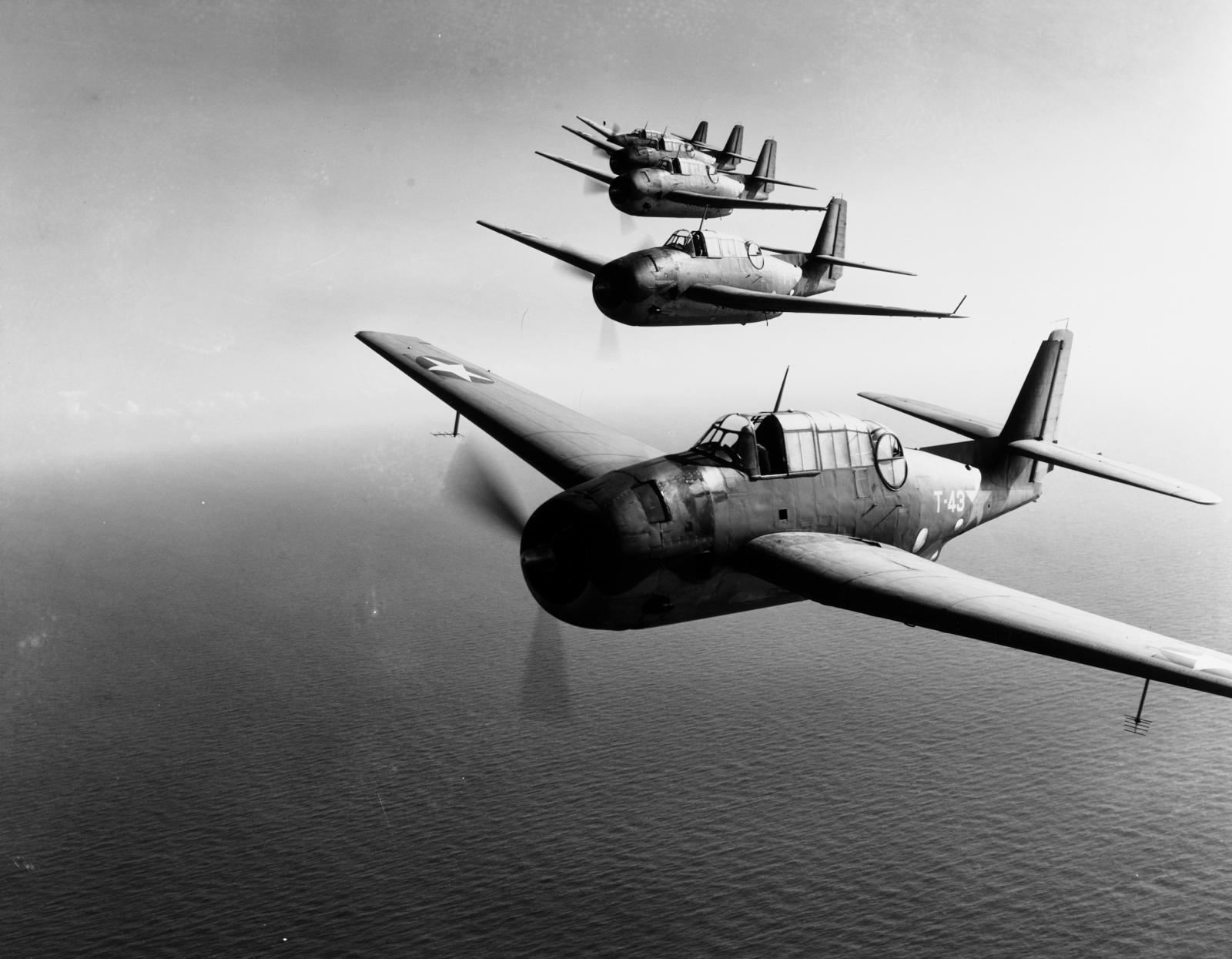
The group of TBM bombers was to execute "...navigation problem No.1."..." After turning over the ocean to begin the second leg of their maneuvers, ground radio engineers at a nearby Naval Air Station (NAS) intercepted a radio communication between the crew of flight 19 at around 16:00 local time. According to accounts from those listening to the radio interception as well as the official U.S. Navy report, one of the pilots of Flight 19 was heard saying to the group, "...I don't know where we are. We must have gotten lost after that last turn..." On that same radio communique, Lieutenant Taylor can be hard stating "...Both my compasses are out, and I am trying to find Fort Lauderdale, Florida. I am over land, but it's broken. I am sure I'm over the [Florida] Keys, but I don't know how to get to Fort Lauderdale..."
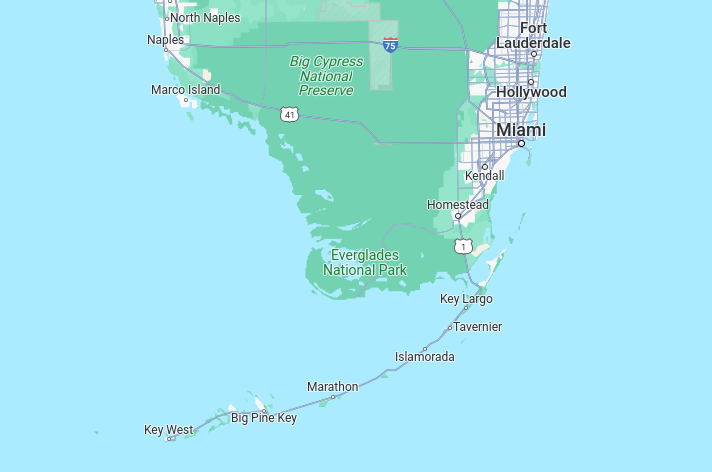
Shortly after this radio transmission, Lt. Taylor, the head of Flight 19, called into the flight home base of NAS Fort Lauderdale to report that the flight group was lost. While the crew of NAS Fort Lauderdale did come up with many suggestions, none of them were accepted as viable by the flight crew.
The last radio transmission from Flight 19 was intercepted at around 18:20 local time (EST). In the transmission, Lt. Taylor can be heard saying to his group of aircraft, "...All planes close up right...we'll have to ditch unless landfall...when the first plane drops below 10 gallons, we all go down together..." From this transmission, the U.S. Navy triangulated the flight's last known location.
The last known location of Flight 19 was triangulated to be somewhere North of the Bahamas, far off the coast of Florida, and more than 200 miles away from where Lt. Taylor thought his flight was - Key West. After this, the 14 airmen of Flight 19 were never seen or heard from again.
The plane of Flight 19 was supposed to run out of fuel at around 20:00 local time (EST). Before this, a search plane with a rescue crew of 13 - a Martin PBM Mariner - was dispatched to look for the missing aircraft.

Around 20 minutes after the takeoff of the rescue plane, The rescue plane disappeared from radar shortly after takeoff, with the aircraft sending its last radio message to its base - NAS Banana River. Soon after this, a merchant ship near Fort Lauderdale reportedly witnessed the PBM search plane crashing, with the crew of the small ship seeing "a burst of flame" before passing through an oil slick near the PBM's last known location on radar.
The United States Navy continued to search for the lost crew of Flight 19 for five days. Nothing ever came of the search for Flight 19, nor was the wreckage of the TBM torpedo bomber aircraft ever found. As for the PBM-5, the aircraft type was subject to numerous crashes and occasional explosions due to the plane's rather unsafe design.
This event was one of the highest-profile disappearances in the Bermuda Triangle, with no higher-profile disappearance rivaling that of Flight 19 occurring to this day.
Export Development Canada Secures Aircraft Repossession in Nigeria Under Cape Town Convention » Could You Survive a Plane Crash? The Unlikely Science of Plane Crash Survival » Bomb Threat Cancels Air New Zealand Flight, Delays Passengers »
Comments (0)
Add Your Comment
SHARE
TAGS
INFORMATIONAL Bermuda Bermuda Triangle Flying Disappearances Aviation Ships Florida Puerto Rico Miami Fort Lauderdale San Juan MysteryRECENTLY PUBLISHED
 Could You Survive a Plane Crash? The Unlikely Science of Plane Crash Survival
With air travel consistently being heralded as the safest form of public transport, most of us do not board a plane pondering our chances of survival in the event of a crash. But, is it possible to survive one?
INFORMATIONAL
READ MORE »
Could You Survive a Plane Crash? The Unlikely Science of Plane Crash Survival
With air travel consistently being heralded as the safest form of public transport, most of us do not board a plane pondering our chances of survival in the event of a crash. But, is it possible to survive one?
INFORMATIONAL
READ MORE »
 Maldivian Airlines Introduces First-Ever Widebody Aircraft, Plans New China Flights
Maldivian, the government-owned national airline of the Maldives, has just welcomed its first-ever wide body aircraft: the Airbus A330-200. With the new aircraft, the carrier also plans brand-new long haul international flights to China.
NEWS
READ MORE »
Maldivian Airlines Introduces First-Ever Widebody Aircraft, Plans New China Flights
Maldivian, the government-owned national airline of the Maldives, has just welcomed its first-ever wide body aircraft: the Airbus A330-200. With the new aircraft, the carrier also plans brand-new long haul international flights to China.
NEWS
READ MORE »
 Thousands of Flights Impacted as Winter Storm Blair Hits U.S.
Winter Storm Blair has unleashed a huge blast of snow, ice, and freezing temperatures across the Central and Eastern United States.
As of Sunday afternoon, over 6,700 flights and counting have been disrupted. This includes cancelations and significant delays leaving passengers scrambling to change flights and adjust travel plans.
NEWS
READ MORE »
Thousands of Flights Impacted as Winter Storm Blair Hits U.S.
Winter Storm Blair has unleashed a huge blast of snow, ice, and freezing temperatures across the Central and Eastern United States.
As of Sunday afternoon, over 6,700 flights and counting have been disrupted. This includes cancelations and significant delays leaving passengers scrambling to change flights and adjust travel plans.
NEWS
READ MORE »



